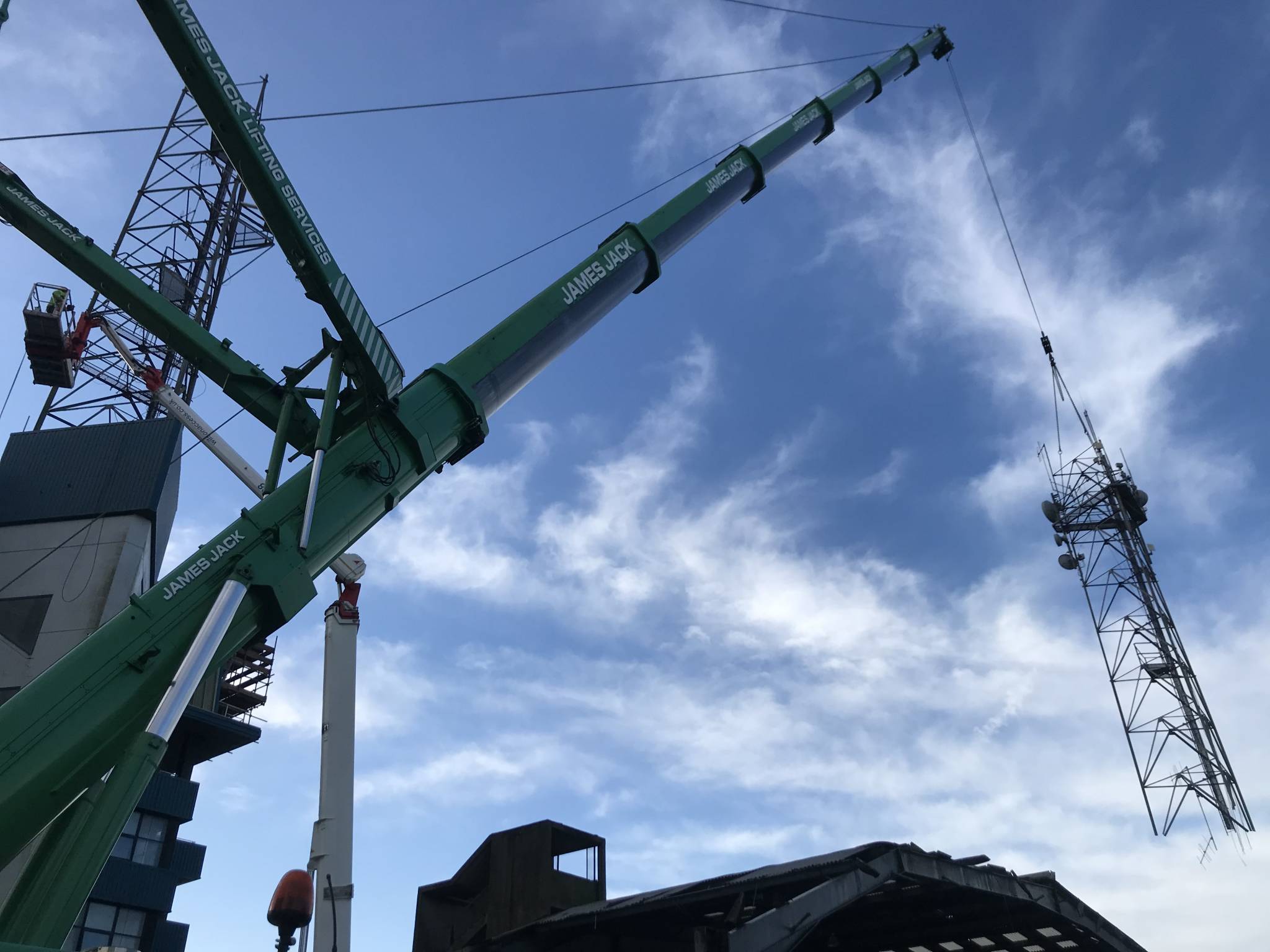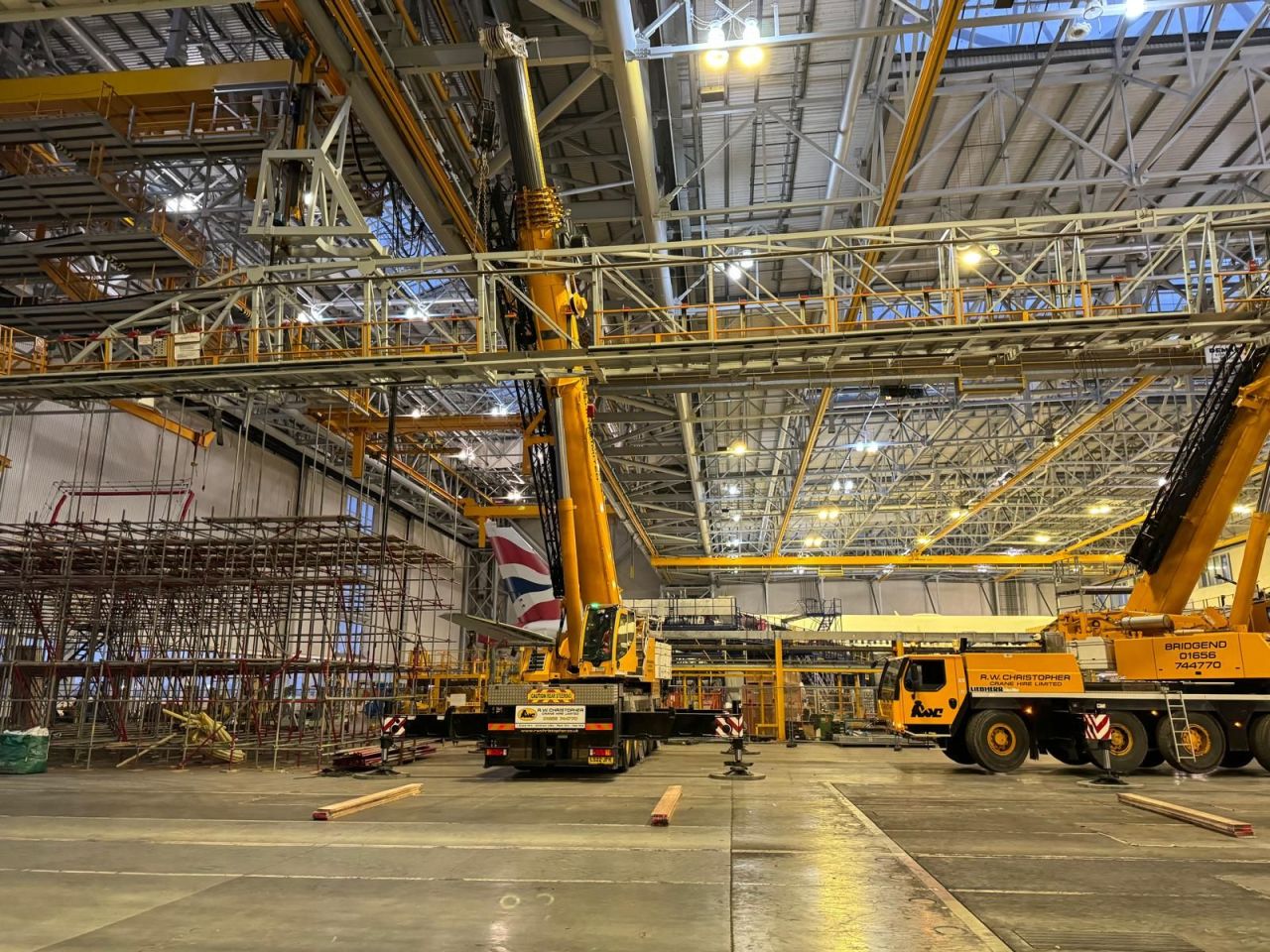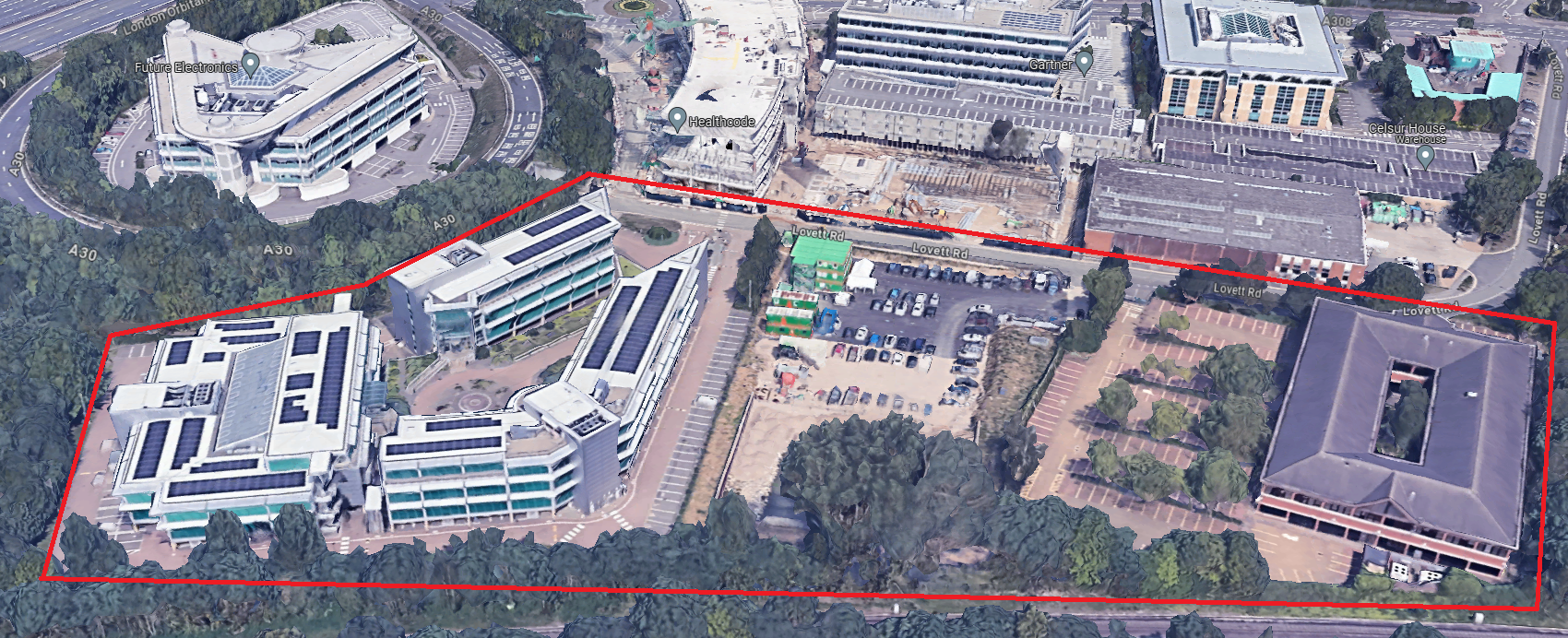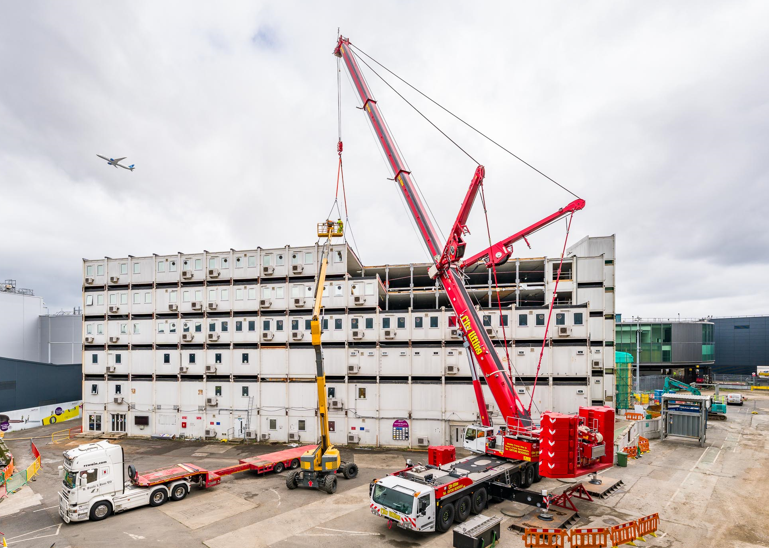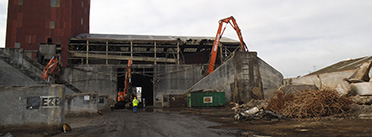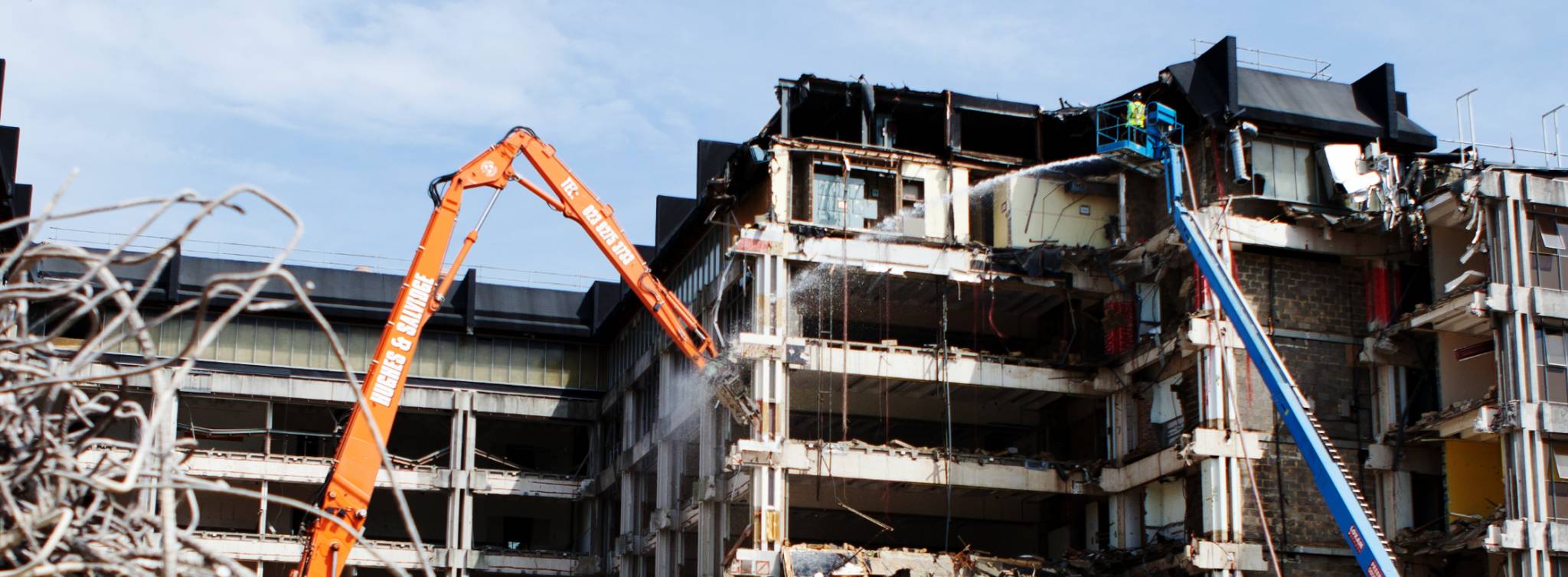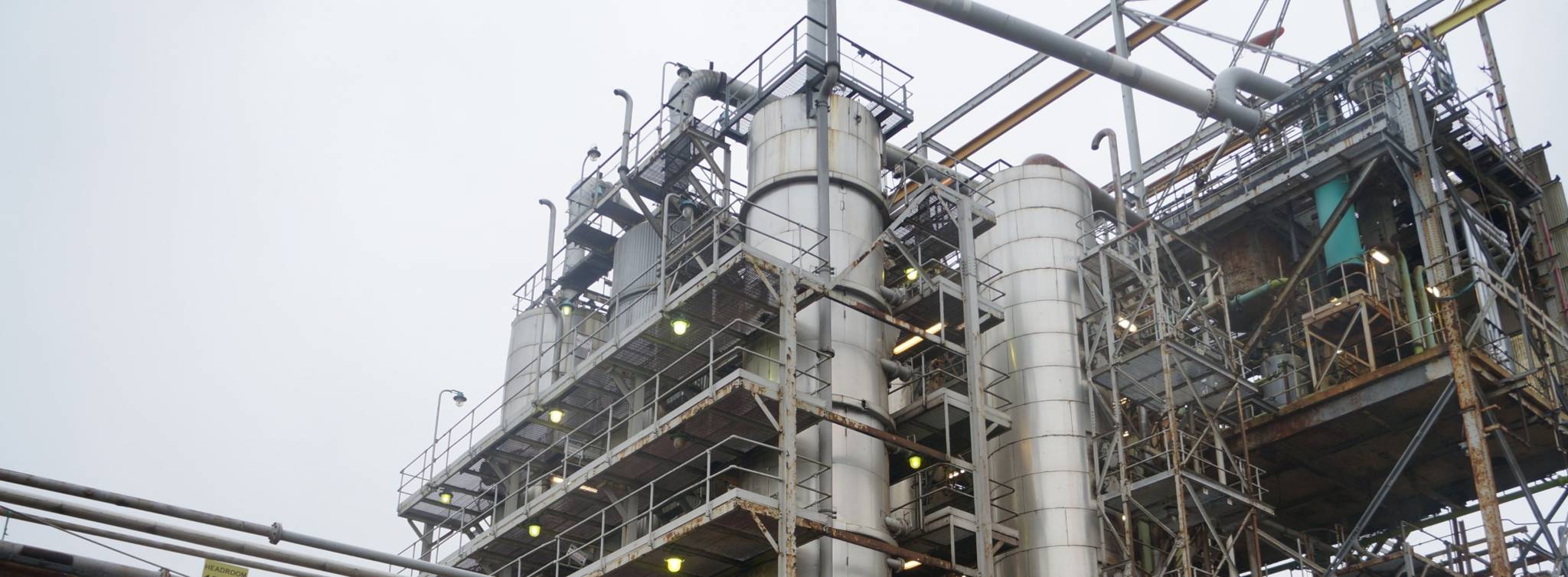VTS Building and Shed 38, Southampton
Southampton
Within the operational Southampton Docks
Immediately adjacent to busy waterways
Part of a £4.3 million project into quayside facilities
Hughes and Salvidge were appointed as Principal Contractor for the works carried out within Southampton docks.
The scope of works consisted of soft stripping, removal of a high-level external walkway with using a crane lift, partial demolition of the existing warehouse, removal of a high-level tower and office block, and demolition of an external staircase. All of which were carried out above a live electrical sub-station using a high reach ZX-870 excavator.
The project was part of a £4.3 million project for further investment into the quayside facilities in Southampton. These works enabled the port to create more space meaning large car carriers can now easily access port side.
At all times during the project health and safety was paramount, this included the use of two-way radios to maintain communication between machine operatives and HSL management, daily morning meetings, correct PPE at all times, including task specific PPE, and correct notices around site hoarding indicating the demolition works were being carried out on a live site.
The site had a traffic management plan in place at all times with correct site entry and exit, speed limits and accessibility, making sure that the clients were able to continue to use the site where needed and that traffic was able to flow without works effecting the client’s needs.
Whilst soft-stripping the building in the first stages of the project, all employees were correctly protected and the buildings were isolated from services whilst soft stripping items such as fixtures, furniture, carpet tiles, cables, lights, doors and windows. All items were disposed of correctly using the correct lifting method and collected at regular intervals to keep the site clean and tidy at all times.
As the soft strip began, the separation of the first bay within the warehouse also commenced by hand in order to enable the mechanical demolition of the remaining two bays behind. The manual demolition enabled a safe and secure way of separating the building from the live areas prior to mechanical works.
During mechanical works a DustBoss DB60 was utilised in order to keep dust pollution levels down.
The machinery used enabled the job to be completed as safely, quietly and environmentally friendly as possible. All of our machines use Euro6 engines and the correct attachments in order to reduce noise/air pollution whilst demolishing structures.
Whilst the mechanical demolition was taking place the electrical sub-station was still live and operating. In order to protect the site, scaffolding with a protection cage was installed to prevent any damage occurring to the live areas.
After the final mechanical dismantling of the building occurred and enough of the ground slab was visible the machines then began to excavate the concrete slab and foundations with impact hammers and buckets to safely remove the substructure.
With the substructure removed the site was backfilled to ground level and left flat. All of the site-won hard inert was loaded into one of our concrete crushing machines provided by our sister company K&B Crushers, this produced aggregates for re-use within the site and was stockpiled safely for the client.
The works were completed successfully using our ‘complete solution’ making sure that as much waste/metals and inert waste were recycled as possible.
